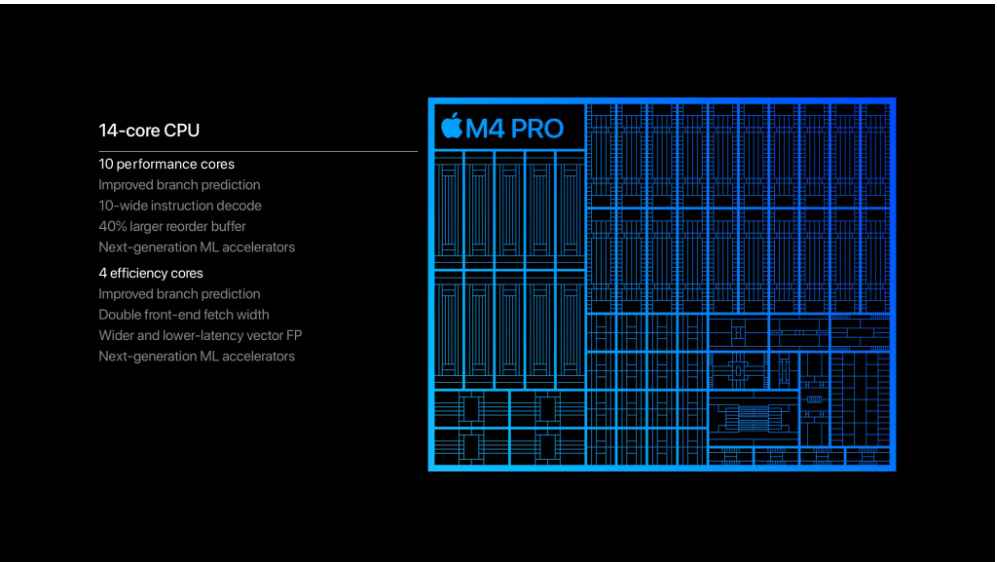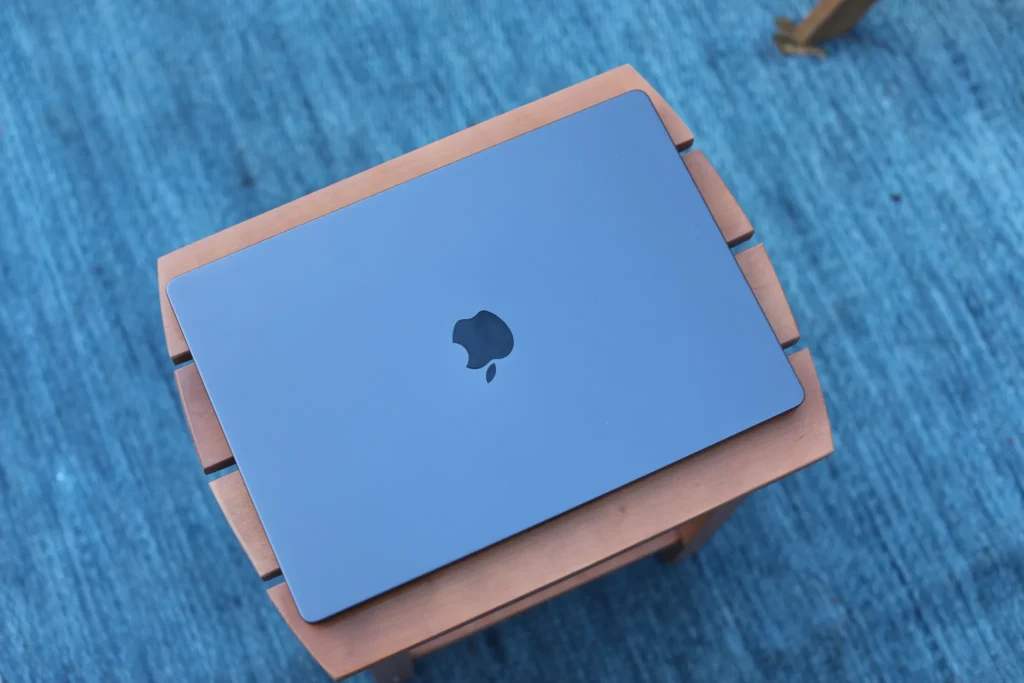The M4 and M4 Pro Mac minis are likely Apple’s best Mac minis to date.
Table of Contents
Apple 16-inch MacBook Pro Review
On Monday, Bloomberg disclosed Apple’s intentions to completely revamp its laptop lineup. This type of speculation is particularly unwelcome during the week leading up to the announcement and launch of a new MacBook Pro. A closer examination indicates that this anticipated overhaul is expected to occur sometime in 2026.
It is important to note that this remains a rumor or preliminary report, suggesting that the timeline may not be accurate—if the changes materialize at all. The landscape of consumer electronics can shift dramatically over a span of 1.5 years. However, it is worth mentioning that not much has altered since the release of Apple’s premium laptop around this time last year.
In fact, the releases of the MacBook Pro have become increasingly predictable, resembling a well-timed ritual aligned with the introduction of a new chipset, similar to the iPhone release pattern. While there is no assurance that Apple will maintain the current release schedule for the M-series chips, it appears to be functioning effectively for the company thus far.
Apple faces significant challenges if it aims to produce an iPhone and MacBook that are “the thinnest and lightest in their categories across the entire tech industry,” as indicated in the report. The M-series has revitalized the product line, rendering the latest generations of MacBook not only the most powerful but also the best overall offerings from the company.
The efficiencies brought about by Apple Silicon are central to the new Mac Mini, enabling the company to considerably reduce the desktop’s dimensions. The question is not whether the M series will lead to a tangible reduction in size; that seems evident. What remains uncertain, however, is whether any compromises will be necessary.
For instance, the processing power of the Pro line has thus far necessitated the inclusion of a fan—an element now absent from the Air model. Additionally, battery life has become a defining characteristic. I recall a time when liveblogging an event required the cumbersome task of carrying an external battery.
Apple claims that the new Pros offer a battery life of 24 hours on a single charge. If the company intends to compromise a full day of battery performance in order to achieve a slimmer design, they will have to take it from my lifeless hands. The dilemma of whether to purchase now or wait for the next iteration will always be a consideration for significant consumer electronics investments; this is simply the reality of the annual release cycle. Nevertheless, an early speculation regarding a substantial upgrade expected in 2026 should not significantly influence those contemplating a purchase today. The situation may be different this time next year.
MacBook Pro vs. Air
Currently, the purchasing recommendations remain consistent with those from previous years. If you have allocated funds for a MacBook Pro, this is an opportune moment to make a purchase. The newly introduced M4 chips offer notable performance improvements compared to last year’s models, as the product line continues to advance.
For the majority of users, the MacBook Air remains the optimal choice. It is more cost-effective, lighter, and the performance differences are minimal for most everyday tasks. The base RAM for the Air has been upgraded to 16GB, although the overall lineup has not seen significant changes.
The MacBook Air still utilizes the M3 chip, and it is highly unlikely that this will change in the current year. If Apple Intelligence plays a crucial role in your purchasing decisions, it is important to note that the new features will be compatible with any M-series Mac, which now spans four years of laptop models.
The emphasis in promotional materials for the Pro often highlights applications such as 3D animation, music production, and demanding STEM activities. Ultimately, enhanced performance at the high end may have limited relevance for the average user. However, such updates are certainly beneficial; for professionals in video editing or scientific fields, these advancements could significantly reduce the time needed to complete their work.
Apple’s website claims that “There’s never been a better time to upgrade.” This may hold some truth in terms of the continuous improvements in these devices. However, when evaluating the extent of changes from one generation to the next, the transition from Intel to the M1 was considerably more impactful.
It is also worth noting that upgrade cycles for laptops tend to be longer than those for smartphones, averaging five years for laptops compared to three for smartphones. Naturally, like any hardware manufacturer, Apple would prefer more frequent upgrades, but many consumers are mindful of e-waste and budget constraints.
M4 the win

Apple has chosen to benchmark the performance of the new M4 chip against the previous generation of Mac Intel processors, which were released in 2019, while also including the M1 models in a comparative drop-down menu. This approach is reasonable, considering the typical lifespan of a laptop; however, it may be seen as overly optimistic from Apple’s perspective.
According to the company, the new M4 series boasts performance that is up to 9.8 times faster than the Intel counterparts and up to 3.5 times faster than the M1 Pro and M1 Max models. For its internal assessments, Apple utilized an M4 chip equipped with a 10-core CPU, a 10-core GPU, and 32GB of RAM. The evaluation involved employing Adobe Premiere 2024’s Scene Edit Detection feature on a 3.5-minute video clip. It is important to note that individual results may vary significantly based on hardware configurations, system settings, and specific tasks.
The unit provided to TechCrunch for review is a 16-inch M4 Pro model featuring a 14-core CPU, a 20-core GPU, 48GB of RAM, and 2TB of storage, priced at $3,649 in its current configuration. This price is $1,150 higher than the base model of the 16-inch M4 Pro and $2,050 more than the entry-level 14-inch M4 MacBook Pro. Nevertheless, this review unit is positioned in the mid-range of pricing. For those seeking the highest specifications, a 16-inch Pro with a nano-texture display, M4 Max featuring a 16-core CPU and 40-core GPU, 128GB of memory, and 8TB of storage is available for $7,379.
When configuring your system, it is essential to consider a few key points. The 14-inch MacBook Pro is offered in M4, M4 Pro, and M4 Max variants, while the 16-inch model is available only in M4 Pro and M4 Max configurations. Currently, these are the sole MacBooks equipped with M4 chips. The iPad Pro was the first device to feature this processor, and it is unlikely that the MacBook Air will receive this upgrade in 2024.
You can access a comprehensive overview of the distinctions among the M4 models here. In summary, the primary differences lie in the number of CPU and GPU cores available (the AI-centric Neural Engine consists of 16 cores across all models) and the speeds of memory bandwidth. Memory bandwidth essentially refers to the rate at which data can be read from or written to memory by the processor, with a range from 120GB/s to 410GB/s.
Another significant distinction among the chips is their Thunderbolt support. The M4 model is equipped with Thunderbolt 4, offering speeds of up to 40GB/s. In contrast, the M4 Pro and Max are the inaugural Apple chips to feature Thunderbolt 5, which can achieve speeds up to three times greater. For many users, this enhancement serves as a means of futureproofing. It is important to note that if you are uncertain about the Thunderbolt generation supported by your cables and accessories, it is likely not Thunderbolt 5.
All three chips are more than sufficient for the typical tasks that most users engage in daily. While the Pro and Max models provide enhanced graphics processing for gaming, the price increase associated with these models may not be justifiable for the majority of users. In fact, for many, the MacBook Air remains the superior choice over the MacBook Pro, even without the M4 upgrade.
One upgrade option that I find surprisingly under-discussed is the introduction of a nano-texture display, now available for the first time on a MacBook. If you are purchasing a new Pro and anticipate using it outdoors, I recommend investing the additional $150. I currently have two Studio Displays on my desktop; one features a nano-textured finish while the other does not. The difference is substantial, even in indoor settings. At one point, I rearranged the two screens to minimize glare from the sole window in the room.
Glossy displays on Macs have been a point of contention for many years, and despite our complaints, Apple has historically been reluctant to provide alternatives. I had resigned myself to this situation until the nano-texture option became available. Now that it is offered, I intend to select it for any future MacBook purchases.
Upgrade time?

The annual cycle of MacBook upgrades results in minimal distinction between the current model and its predecessor. For those who own any of the M-series models, there is little cause for concern regarding missing out on new features. The laptops introduced in the past four years rank among the finest that Apple has ever produced, thanks to a blend of proprietary silicon, innovative design, and a commitment to addressing consumer feedback. While the specifics of a potential refresh in 2026 remain uncertain, the M3 Air currently stands out as the most suitable MacBook for the majority of users. However, for those who are unconcerned about budget or physical strain, the M4 series or Pro models offer exceptional performance.
